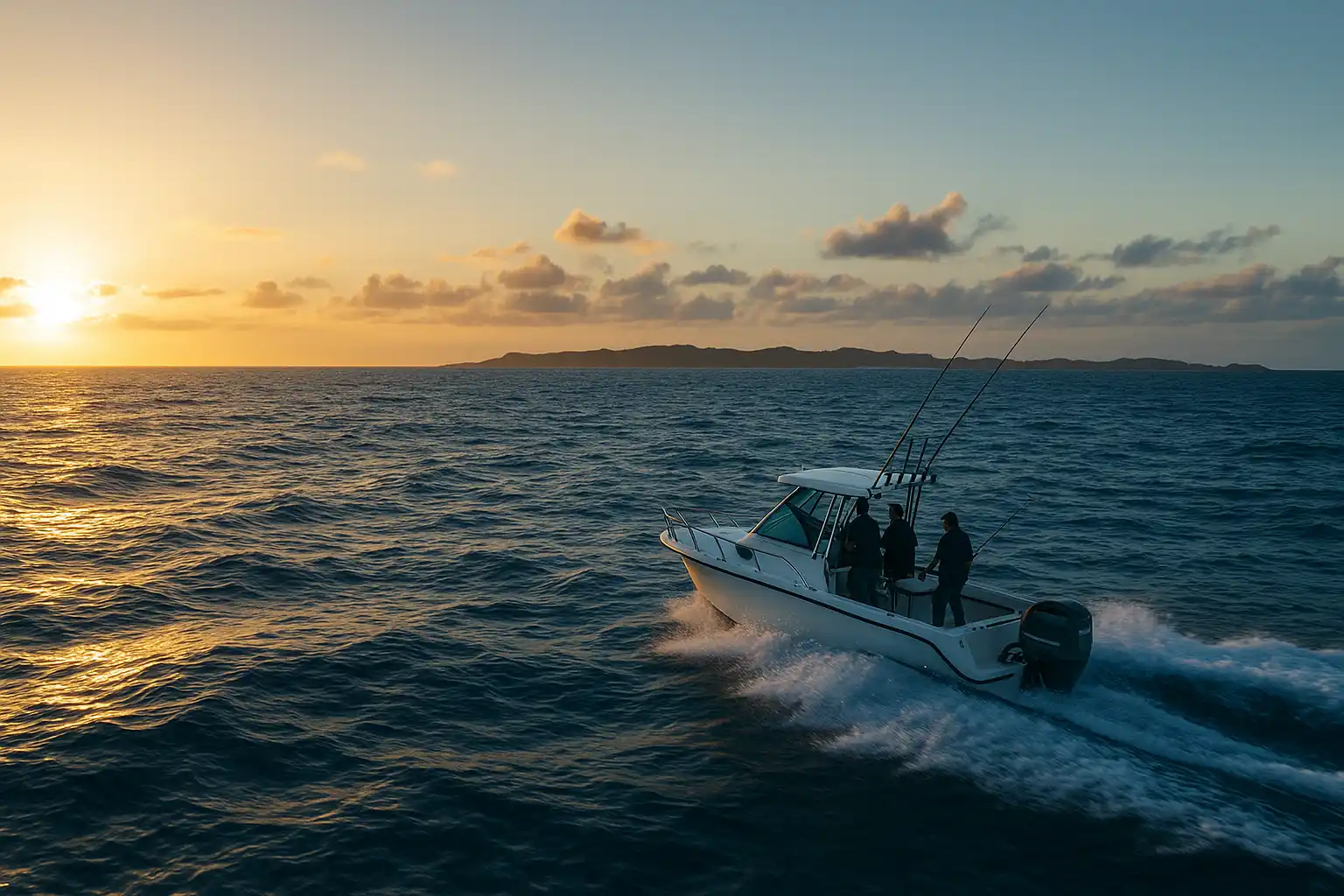
Explore Tasmania’s World-Class Offshore Fishing
Tasmania’s offshore waters are among the richest and most accessible in Australia. With deep continental shelf drop-offs close to the coast, a mix of nutrient-rich currents, and relatively low fishing pressure, the island offers a world-class bluewater fishing experience. Whether you’re chasing southern bluefin tuna off the east coast, bottom fishing off the rugged west, or exploring the productive reefs in the northeast, there’s something here for every offshore angler.
Offshore fishing in Tasmania is defined by its proximity to deep water and exposure to both the East Australian Current and the colder Southern Ocean. This convergence creates a nutrient-dense marine environment that supports everything from tuna and marlin to snapper, trumpeter, and even deep-water species like blue-eye trevalla.
Unlike many other parts of Australia, you don’t need to travel far from shore to hit serious depth — especially on the east and southeast coasts. With the right weather window and a capable boat, anglers can access these productive waters within an hour of launching. The diversity of species, the potential for large pelagic fish, and the untouched nature of Tasmania’s coastline make offshore fishing here both accessible and exciting.
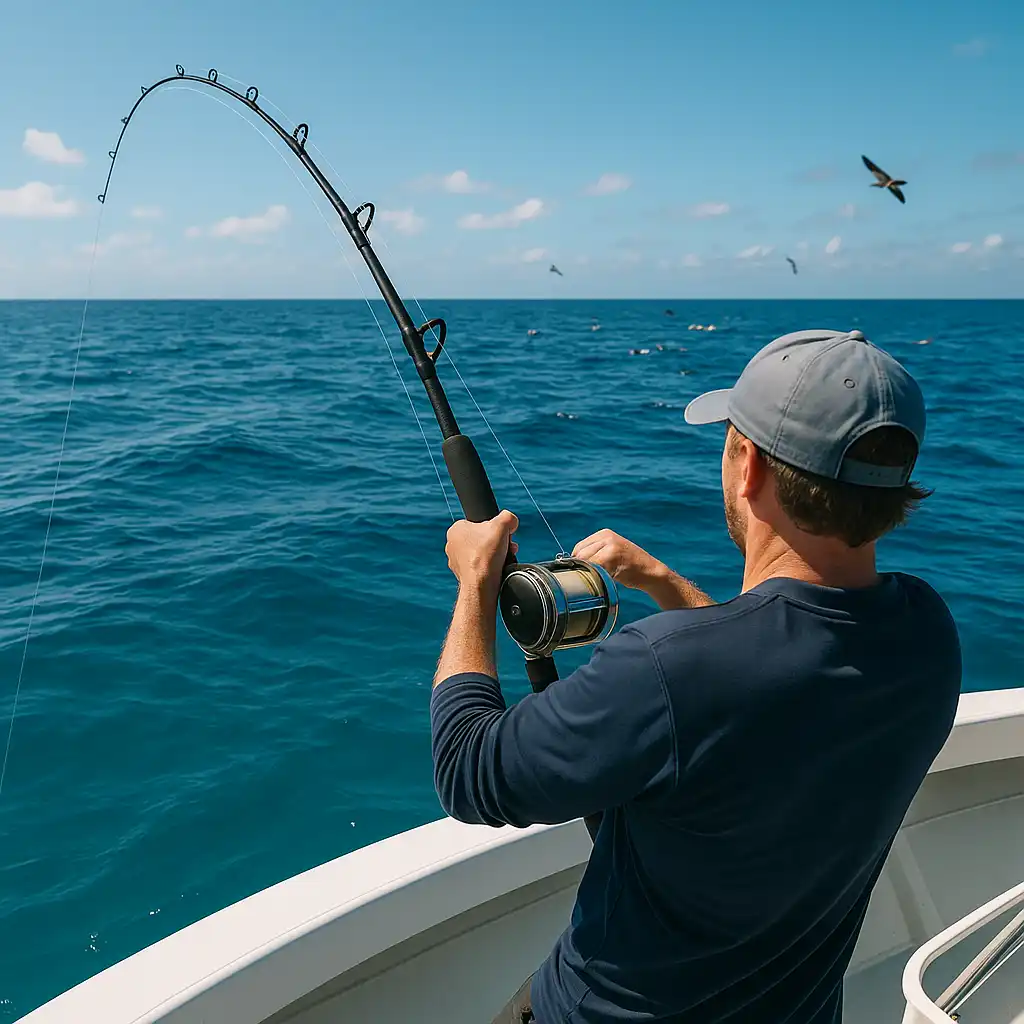
The east coast is Tasmania’s most popular offshore region thanks to its access to the continental shelf and abundance of pelagic species. Towns like St Helens serve as offshore hubs, with established infrastructure, regular competitions, and active charter fleets.
Southeast waters offer steep drop-offs and deep offshore pinnacles within close reach of shore. The Tasman Peninsula is famous for its game fishing grounds and hosts several high-profile tournaments each year.
The northeast is home to a mix of reef systems, open bluewater, and island channels. Waters around Flinders Island and Cape Barren can be highly productive and visually stunning.
Wild and remote, the west coast demands caution — but the rewards can be immense. Weather is more volatile, but the deep, untouched waters around Macquarie Harbour and Sandy Cape are home to big fish.
Tasmania’s offshore environment is as rewarding as it is demanding. A successful trip starts with dependable gear and a well-considered safety plan. Conditions can change quickly, and the waters around the state — especially on the west and south coasts — can become dangerous for the unprepared.
Bring a rod and reel setup capable of handling heavy drag pressure, with at least 30 lb braid and quality leader material. For bottom fishing, electric reels may be necessary when targeting species in depths beyond 150 metres. A quality sounder and GPS combo is vital for locating structure, depth changes, and fish.
From a safety perspective, always log your trip with Marine and Safety Tasmania (MAST) before departure, and carry essential offshore safety gear including EPIRBs, flares, VHF radio, and life jackets for all on board. Stay aware of weather changes, avoid fishing alone, and stick within your vessel’s limits.
Here’s what you’ll need to fish offshore confidently and safely:
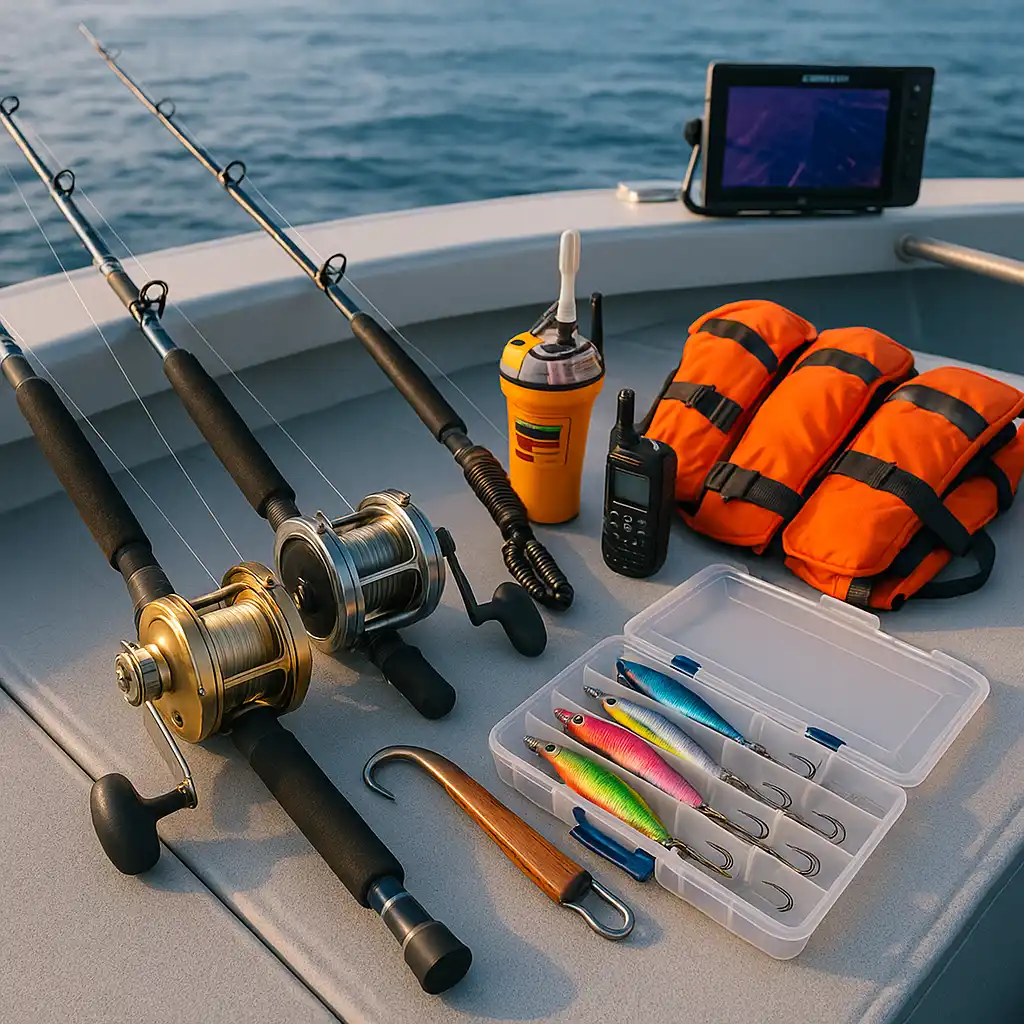
Even if conditions look calm when launching, Tasmania’s offshore weather can deteriorate rapidly. Plan shorter runs first and always have a plan B closer to shore.
Offshore fishing in Tasmania is as much about planning and observation as it is about technique. With long travel distances, variable sea conditions, and highly mobile fish populations, it pays to fish smart. Whether you’re chasing pelagics or working reef structure, adapting to Tasmania’s offshore environment will improve your catch rate and keep you safer on the water.
Pelagic species often follow shifts in sea surface temperature. Use satellite charts or talk to local operators to find these breaks, especially when targeting tuna and marlin.
Vary your trolling spread to include different lure styles, colours, and depths. Mix skirted lures with diving hard bodies and adjust speed based on sea state.
Maintain radio contact with shore or other vessels. If you’re fishing alone or going remote, consider a satellite phone or personal locator beacon.
(Troll, jig, bait-fish — adapting to conditions and species will produce more consistent results.)
Don’t overlook reef edges and drop-offs just inside the shelf — many big fish move in to feed on bait schools pushed up by structure.
Tasmania’s offshore fishing is highly seasonal, with the best conditions generally falling between late spring and early autumn. While hardy anglers can still fish deep during winter, pelagic activity and surface temperatures peak over the warmer months.

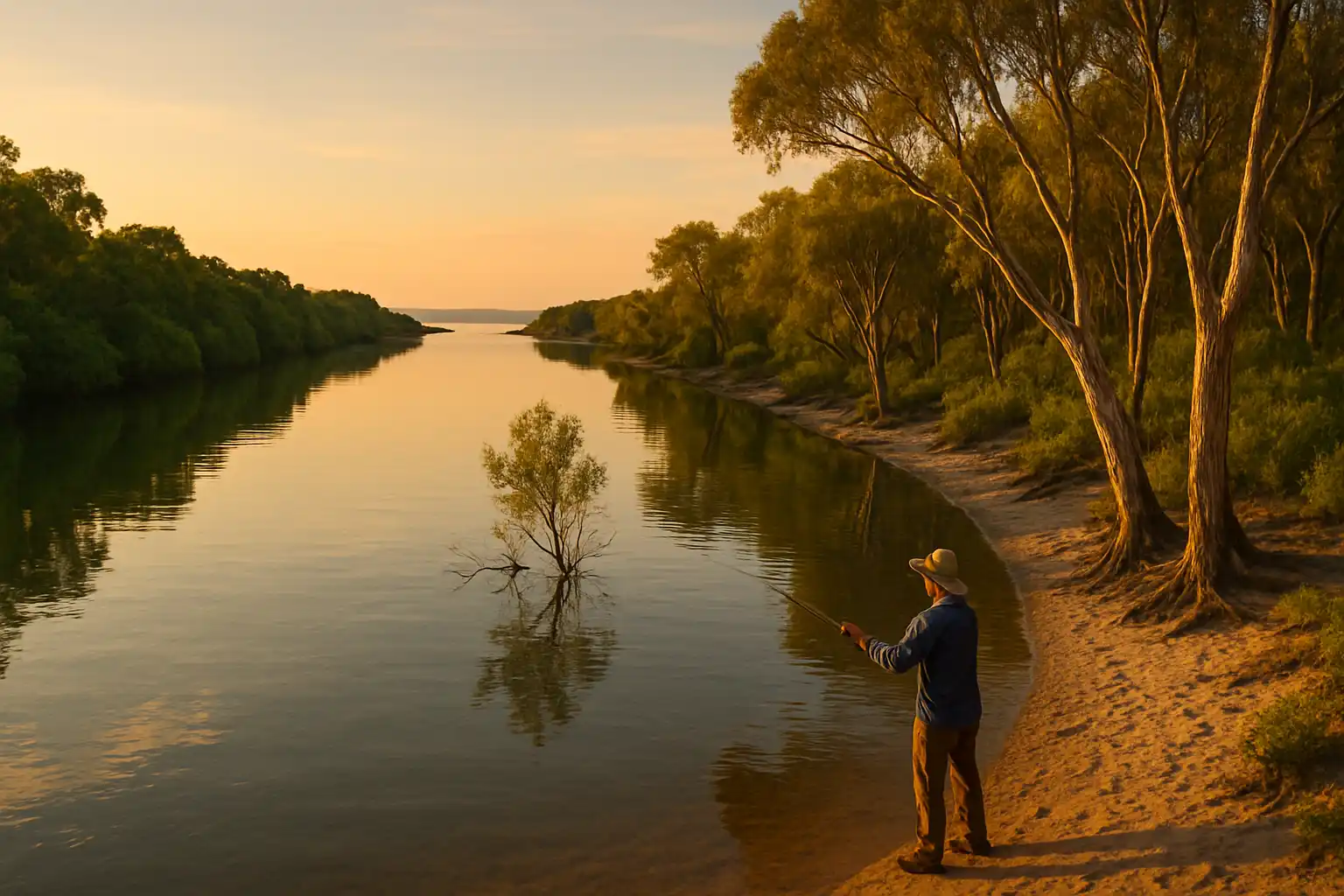
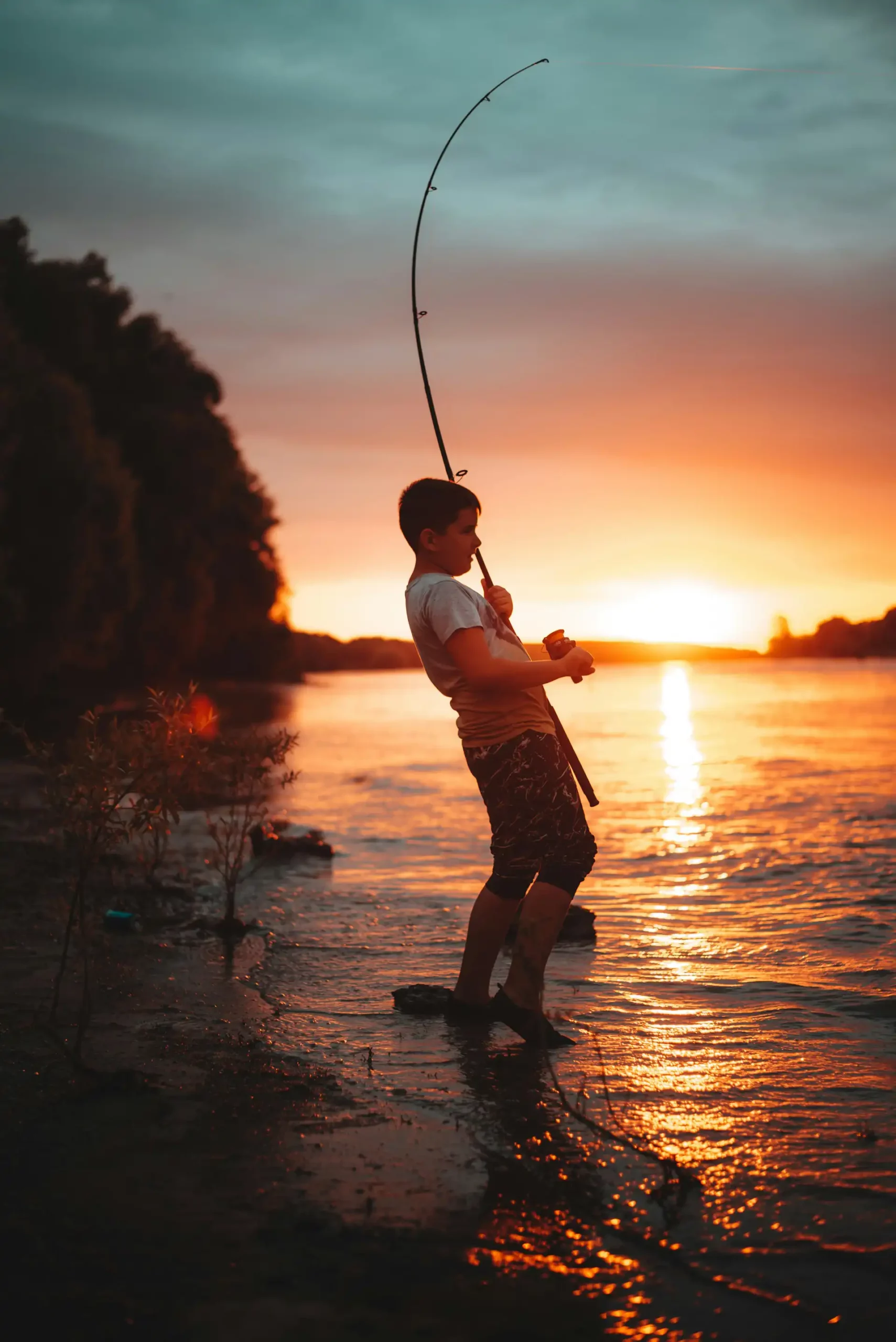
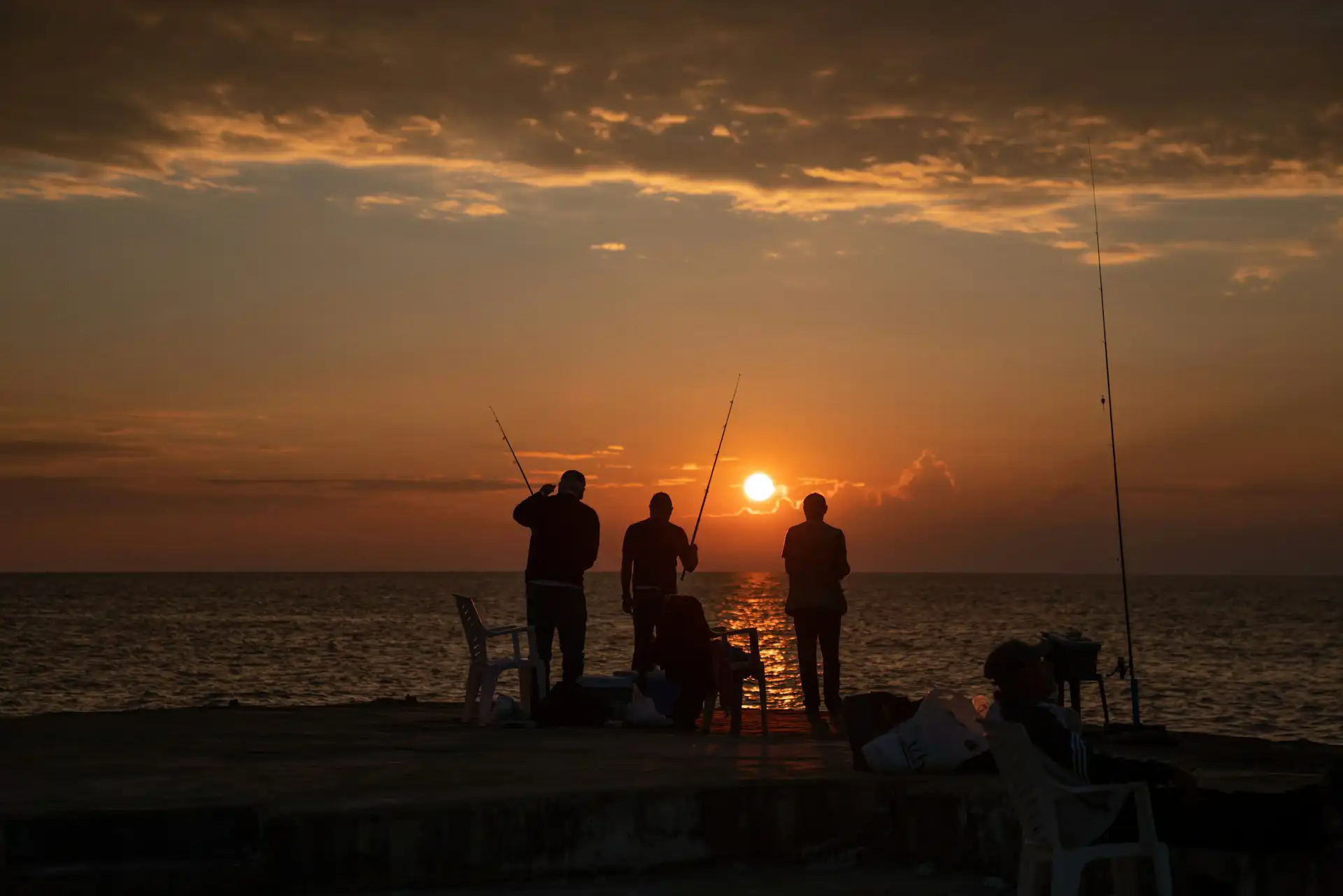

Affiliate Disclosure: We are a participant in the Amazon Services LLC Associates Program, an affiliate advertising program designed to provide a means for sites to earn advertising fees by linking to Amazon.com. As an Amazon Associate, We earn from qualifying purchases. Your support helps us keep this site running—thank you!